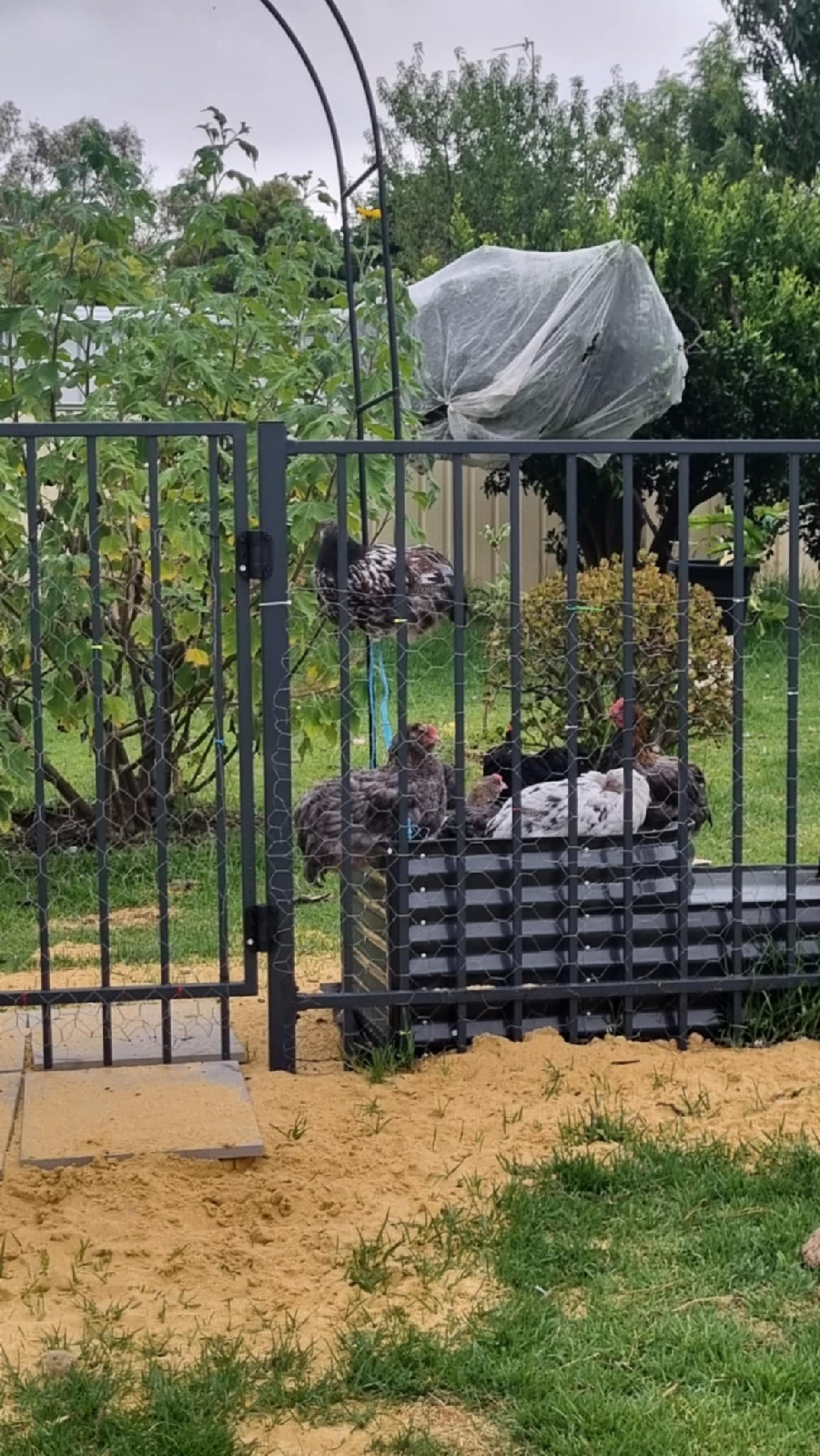Terrific Terrariums
The very first terrarium began back in the 1820's, and quite by accident, by Nathaniel Bagshaw Ward. Since then they have taken off, becoming a feature in many homes worldwide.


A terrarium is usually a glass (sometimes plastic) container, sometimes enclosed, designed and arranged for keeping plants and terrestrial (or semi) animals indoors, for decoration, propagation or scientific observation- taken from Britannicas definition.
What do you need to make one?
It's actually very easy.
. Container - glass or clear plastic
. Lid (optional)
. Coarse gravel/ sand/ pebbles
. Activated charcoal
. Coir/ spaghnum/ sand - pending plants
. Potting mix
. Plants
. Ornaments (optional)
. Animals (optional)
Your substrate you choose will depend greatly on what you want to put in your terrarium. For example cacti and Succulents will prefer a much more sandy substrate, rainforest plants something much more water retentive, and orchids are a whole different kettle of fish!
So ensure your plants all have similar requirements, and know what that is.
Above is a set-up for more of your tropical plants or ferns.
Also if your planning on keeping animals in this ecosystem, know their requirements as this could change everything massively!
Some plants that generally do quite well in terrariums are:
. Peperomia
. Freckle face
. Pilea
. Pumila (creeping fig)
. Small growing ferns
. Small bromeliads
. Bottle babies
. Moss
. Syngonium pixie
. Air plants
These are not set in stone, you can grow most things as long as you have the right size container and right substrate.
Ok so assembly is quite easy, first Give your container a bit of a wipe out, removing any dust or film on the surface.
Next add your thin layer of gravel or pebbles, followed by your mesh.
Next, in goes your activated charcoal or horticultural charcoal, this acts as a bit of a filter.
Then your chosen substrate, don't skimp here, your plants are going to be living in this for a long time. You can buy mixes from your local hardware store or nursery, or make your own, it's very easy.
So for a general mix, mix together some coir or peat moss, with a small bit of sand, you can use vermiculite also (vermiculite will help with moisture retention and aeration in your soil. Now you can add some potting mix, again get a fairly decent one, and only a small bag.
And lastly a touch of fertiliser if your potting doesn't already have some in it.
This will give you a broad range terrarium mix.
A couple of problems people run into with their terrarium are:
. Light
. Watering
. Mold
A few springtails in your terrarium and a bit of airflow should help your mold situation.
Light can easily be fixed, you can either purchase yourself a small one from bunnings or a fish store. Alternatively, you can shift your terrarium around the house until it seems happy!
Watering is probably the trickiest. Most people will still try and water a terrarium like a normal pot plant,which can be ok in an open terrarium, but it doesn't quite work like this with closed terrariums , you'll likely end up with a swamp!
Water gets recycled a lot in closed terrariums. We add initial water into the container, close the lid , and a process begins, ending in water condensation and remastering your plants.
So just be mindful.
Also not all plants have the same requirements, a cactus, for instance, is not going to need anywhere near as much water as a Venus fly trap. So just pay attention to your new plants needs.
DID YOU KNOW: The longest sealed terrarium record is currently held by David Latimer, who started his in 1960, and last opened it in 1972 to add a bit of water
He hasn't opened it since! It's been about 53 years!
Your terrarium is only limited by your imagination, they can be as fancy or as simple as you like. Go nuts, go small, enjoy them, tiny or tall!













Comments
Post a Comment